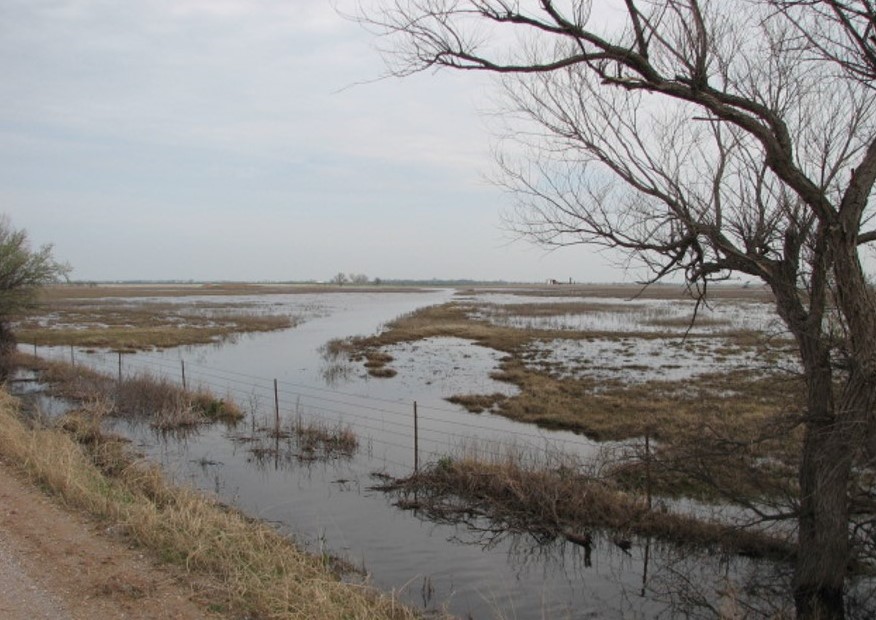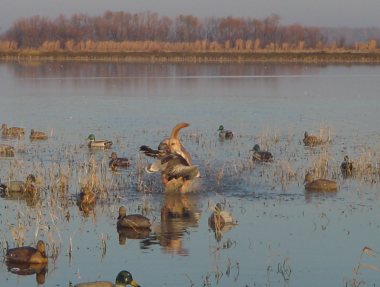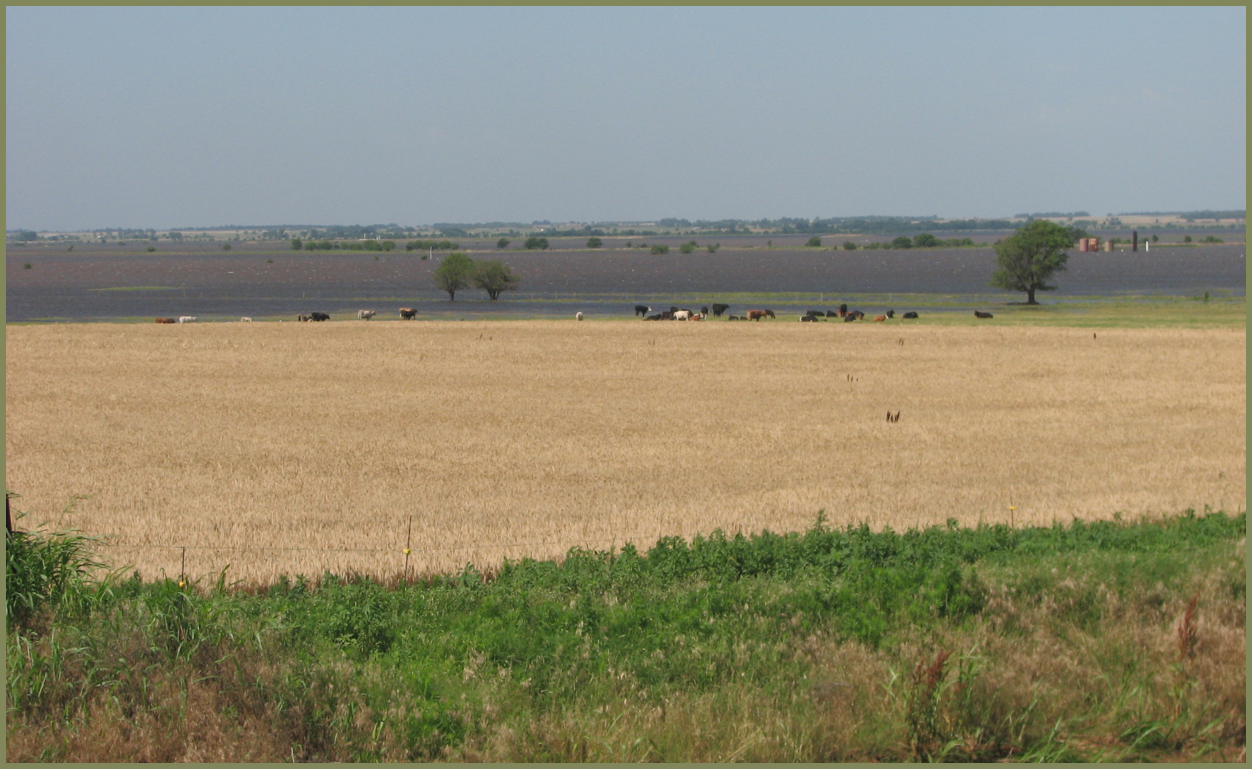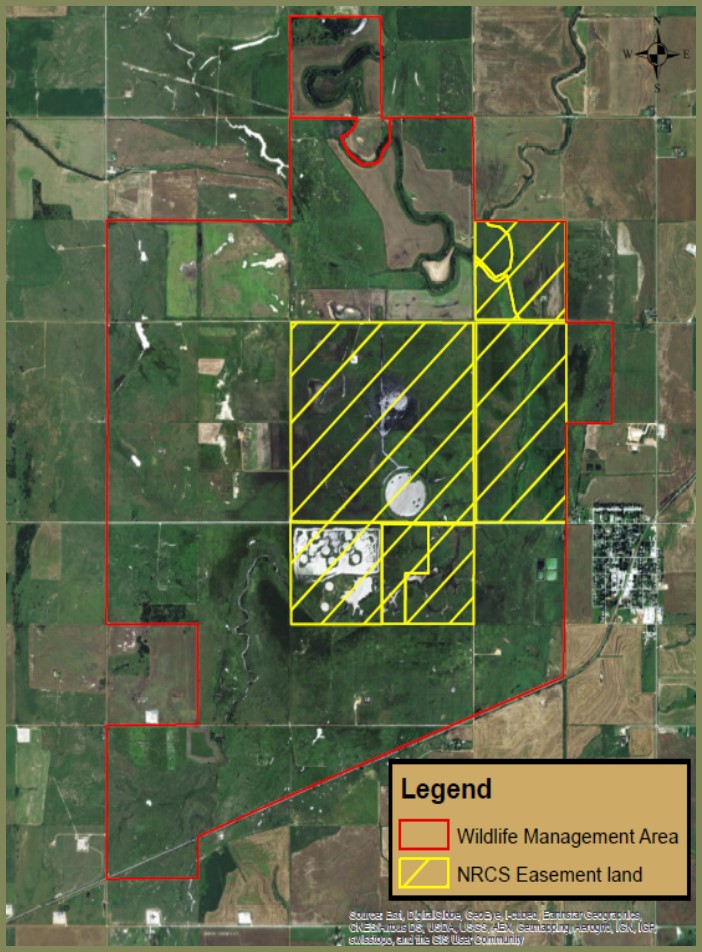
Drummond Flats is one of the few remaining restorable wetland basins in the Midwest. At 5,000 acres, it is one of the largest conservation blocks in the Southern Great Plains and is a significant habitat for over a dozen wildlife species of interest.
Since 2006, the project team of Natural Resource Conservation Service (NRCS), Oklahoma Department of Wildlife Conservation (ODWC), and Ducks Unlimited have worked to restore the Drummond Flats basin to its natural, hydrological functions and characteristics.
Restoration efforts of the Drummond Flats is incredibly valuable to the area. The project will create a stopover habitat for migratory waterfowl, improve water quality and reduce soil erosion. It also aims to increase awareness and public access to the area through development of outdoor education and recreation facilities and creation of additional hunting opportunities.
In 2017, Ducks Unlimited purchased the final two parcels of land within the basin proper that will become part of the Drummond Flats Wildlife Management Area managed by ODWC. However, progress was slowing amidst growing concerns that the resulting increase in waterfowl populations would, in turn, increase bird strikes at nearby Vance Air Force Base (VAFB), and negatively impact flight training operations.
To formally assess and identify the risk and potential impacts, ENERCON worked with the project team that included VAFB to perform an Environmental Assessment (EA) for the management plan and restoration activities developed by the project team.
Using bird survey data and VAFB’s bird strike data, ENERCON calculated the anticipated waterfowl population increase and determined the potential effects on VAFB training and flight patterns.
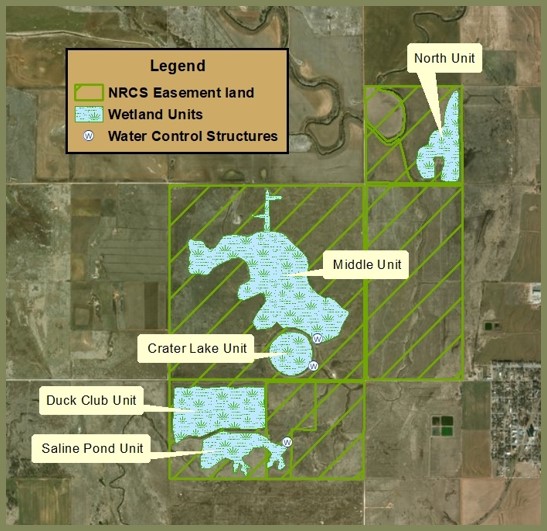
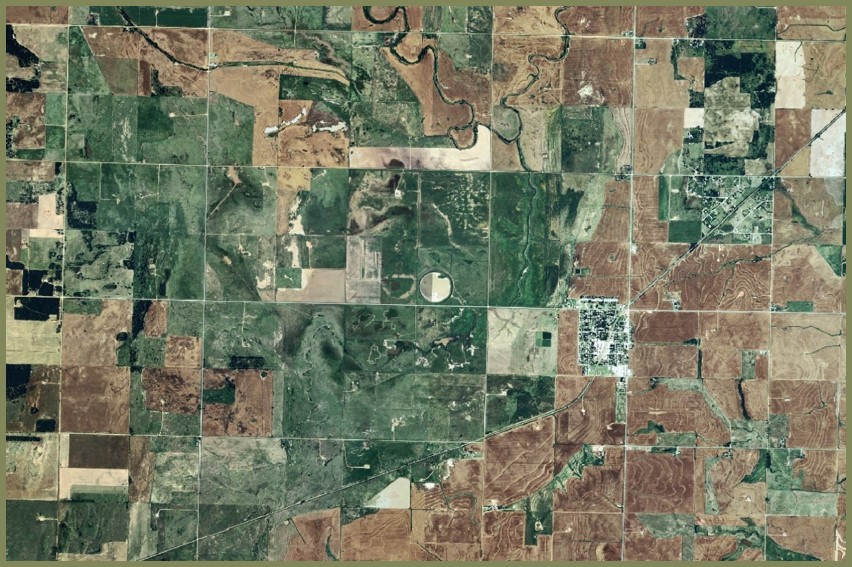
The most significant part of developing the Environmental Assessment was evaluating the bird strike risk and potential effects on flight patterns. VAFB had a large amount of raw data that needed to be analyzed to determine next steps. This was an undertaking the cooperating agencies did not have the time or expertise to perform.
After considering the data in conjunction with avian biology and behavior, ENERCON determined that the proposed restoration was unlikely to result in a substantial increase in bird strikes or result in adverse effects to VAFB training and operations. However, it was important to acknowledge that even a single bird strike could be catastrophic. Post-restoration monitoring and data collection in conjunction with adaptive management was recommended. ENERCON worked with the cooperating agencies to identify the monitoring and data collection needs and responsibilities necessary for implementing a data based adaptive management strategy.
